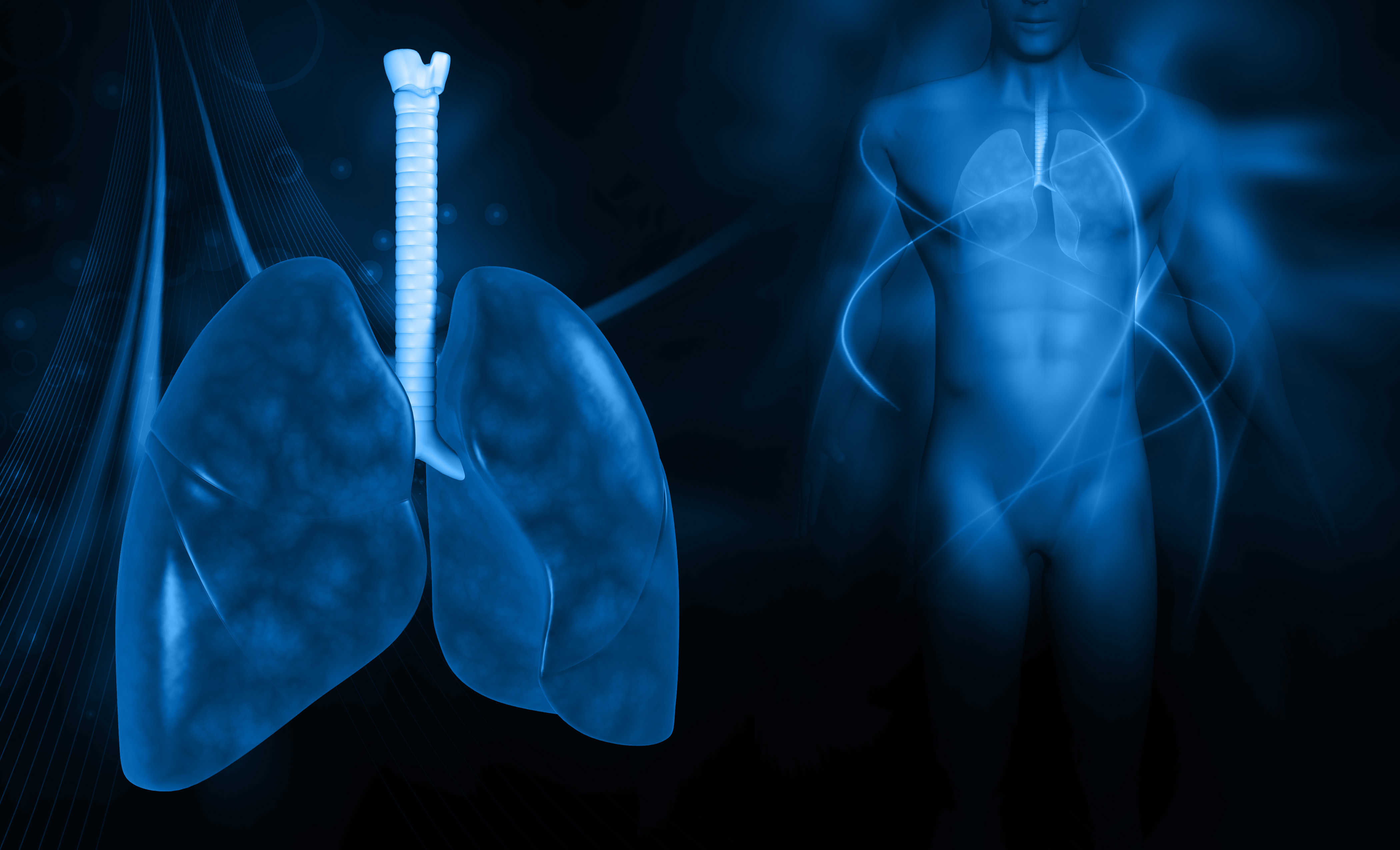Early APRV: A strategy that reduces mortality and ventilator days?

EJRC Article Review
Reducing the duration and harm of mechanical ventilation remains a major focus within intensive care medicine. The two predominant mechanisms of ventilator induced lung injury are volutrauma and atelectrauma [1]. Mortality from ARDS remains elevated despite significant improvements following the ARDSNet and PROSEVA studies [2,3]. Airway pressure release ventilation (APRV) has been increasingly utilised following multiple studies demonstrating reduced V/Q mismatch, improved oxygenation and abrogation of atelectrauma. [4,5,6]
Dr Kang and colleagues recently published their results of using APRV within 48hrs of established ARDS. This was a prospective single centre, unblinded study comparing low tidal volume ventilation (LTV) with protocolised APRV [7].
Methods
138 subjects were randomised in 1:1 fashion. All received volume assist control ventilation (VCV) (Puritan Bennett TM 840) pre randomisation. Ventilation goals included plateau pressure < 30cm H20, PaO2 55-100 mmHg, arterial pH > 7.3, tidal volumes 4-8mls/Kg. Patients sedated with Propofol, midazolam and fentanyl to RASS 0 to -2.
In the LTV group, PEEP was optimised according to PEEP-FiO2 table [2]. Individually modified for pneumothoraces & persistent hypotension. Persistent acidosis was managed by increasing the respiratory rate to 35 breaths/min. Sodium bicarbonate was administered if pH persisted < 7.15.
The APRV group were transitioned from VCV to APRV, pHigh set to pPlat measured during VCV period not > 30cmH20. pLow set to 5cmH20. Tlow adjusted to achieve a termination of peak expiratory flow rate >50%. Release frequency 10-14.
Rescue measures including recruitment manoeuvres, proning, neuromuscular blockade and inhaled nitric oxide at clinicians’ discretion. ECMO and HFOV were allowed if PaO2 < 55mmHg despite FiO2 1.0.
Once spontaneous breathing trial (SBT) screen was passed patients progressed to SBT, which was the same for both groups.
The primary endpoint was ventilator-free days, secondary endpoints included mortality and respiratory physiological measures.
Results
The authors found that the APRV group experienced significantly shorter periods of ventilation 8 days versus 15 (p value = 0.01). Mortality of 14% less in the APRV group (p = 0.053) and ICU stay was 15 days versus 20 days (p = 0.01). There was an associated lower risk of tracheostomy, pneumothorax, requirement of rescue procedures (Proning, recruitment and neuromuscular blockade) and a reduced length of hospitalisation with 21 days versus 27 (p = 0.055).
Improved compliance, reduced plateau pressure, P:F ratios, mean arterial pressure were all significantly better in the APRV group. There were higher RASS scores and lower sedative requirements in the APRV group.
Strengths and Weaknesses
These results at first appear extremely promising. The authors note that the study is limited due to significantly higher comorbidities in the LTV group. Further limitations include: single centred and small sample size. Additionally, the respiratory therapists had been trained and assessed in the use of APRV, unclear if also true for VCV. Volume controlled ventilation allows inter-breath pressure variation preventing direct comparison of pressure ventilatory techniques. Pressure controlled ventilation is perhaps more commonly used specifically during weaning from ventilation and could have enhanced this studies relevance. Presenting I:E ratios, fluid balance or intrathoracic lung water measures would aid interpreting the striking findings and aid certainty regarding potential confounders.
Conclusion
The remarkable results of this study suggest a robust reproducible multicentre RCT is needed to more definitely answer this question, prior to adopting APRV as a primary modality in the heterogenous ARDS cohort.
Article Review by Dr Rhodri Handslip, Royal Brompton and Harefield NHS Foundation Trust on behalf of the EJRC.
References
- Sorbo L Del, Goligher EC, Mcauley DF, et al. Mechanical Ventilation in Adults with Acute Respiratory Distress Syndrome: Summary of the Experimental Evidence for the Clinical Practice Guideline. Ann Artic Press. (9):201704-345. doi:10.1513/AnnalsATS.201704-345OT.
- Matthay and Hopkins. Numb Er 18 Ventilation With Lower Tidal Volumes As Compared With Traditional Tidal Volumes for Acute Lung Injury and the Acute Respiratory Distress Syndrome. N Engl J Med. 2000;342(18):1301-1308. doi:10.1056/NEJM200005043421801.
- Guérin C, Reignier J, Richard J-C, et al. Prone Positioning in Severe Acute Respiratory Distress Syndrome. N Engl J Med. 2013;368(23):2159-2168. doi:10.1056/NEJMoa1214103.
- Putensen C, Mutz NJ, Putensen-Himmer G, Zinserling J. Spontaneous breathing during ventilatory support improves ventilation-perfusion distributions in patients with acute respiratory distress syndrome. Am J Respir Crit Care Med. 1999;159(4 Pt 1):1241-1248. doi:10.1164/ajrccm.159.4.9806077.
- Putensen C, Wrigge H. Clinical review: biphasic positive airway pressure and airway pressure release ventilation. Crit Care. 2004;8(6):492-497. doi:10.1186/cc2919.
- Sydow M, Buchardi H, Ephraim E, Zielmann S, Crozier TA. Long-term effects of two different ventilatory modes on oxygenation in acute lung injury. Am J Respir Crit Care Med. 1994;149(18):1550-1556.
- Yongfang Zhou, Xiaodong Jin, Yinxia Lv, Peng Wang, Yunqing Yang, Guopeng Liang, Bo Wang, Yan Kang. Early application of airway pressure release ventilation may reduce the duration of mechanical ventilation in acute respiratory distress syndrome. Intensive Care Medicine November 2017, Volume 43, Issue 11, pp 1648–1659